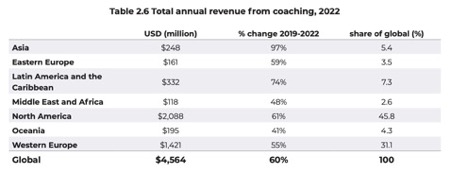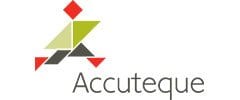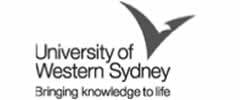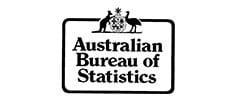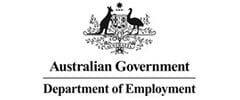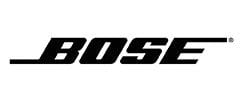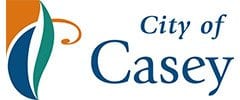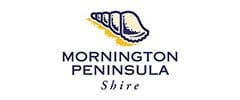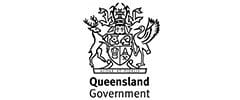This week the ICF released the ICF Global Coaching Study. It provides research on the size and scope of the coaching profession. With a total of 14,591 responses across 157 countries. It is the most significant study into the profession to date. Furthermore, it is the fifth study commissioned by the ICF).
You can download the executive summary. However, the good news is we purchased the 91-page Final report. Importantly, with the information specific to our region.
Furthermore, in this blog we share a summary of the highlights. Therefore, you are up to date with the latest information.
Listen to the Coaching Cafe podcasts
Why is the study important?
The study answers questions such as:
- Is the coaching industry growing globally?
- What about growth in Australia?
- Furthermore, what are the main areas of coaching?
- In addition, who are the main recipients of coaching?
- Do clients expect their coaches to be qualified?
- What’s the annual income of coaches and their level of experience?
- And what’s the estimated size of the industry?
About the survey
- Survey period: from October – December 2022.
- Number of responses: 14,591 from 153 countries
- Oceania which includes Australia and New Zealand responses: 483 (3% of all responses)
- Coaching practitioners compromise 90% of responses, with 10% of responses from managers/leaders using coaching skills.
Note, the all the data in the study is for coaching practitioners.
ICF Global Coaching Study, page 24
Business indicators
The data draws out several key business indicators about the profession. These include:
- Coaching experience is positively linked to drivers of coaching revenue (higher fees, number of clients, hours work). Meaning the higher the coaching experience, the higher the fees etc.
- Coaches who are doing business coaching** earn above-average income and higher fees than other coaching.
- The position held by the client exerts influence on fees (higher level of client, the higher the fee)
- You are more likely to earn higher fees if the coaching is sponsored by company
**Note business coaching in the report includes the following: leadership coaching, executive coaching, business/organization coaching and small business coaching
Demographics of coach practitioners
- 48% of coach practitioners are Generation X
- However, in our region, Baby Boomers outnumber X Generations
- 72% of coach practitioners female
- The majority hold degree-level qualifications
- 30% bachelors; 65% with advanced degrees
- 86% said they hold certification/credential (up from 69% in 2015)
- 80% agree that clients expect coaches to be certified/credentialed
- Coaches are optimistic about business outlook; 73% expecting increase revenue
What does the typical client look like?
The study gives indicators of the typical client in that:
- 31% of clients are managers; 25% executives
- 57% are sponsored by their organisation
- 58% of clients are female
- 37% aged 35 and 44 years; 32% aged 45-54 years old
Big issue highlighted: the gender pay gap
We admit that we were shocked to see a gender pay gap. It means our profession is no different from many other professions, in the gap.
Female coaches earn on average 20% less than their male counterparts.
This is significant issue if you consider that 72% of coach practitioners are female. This represents a significant challenge for the profession moving forward.
Internal and external coaching
It is great to see the study breaking down types of coaching. In addition, statistics around internal and external coaching. When it comes to coaching services, practitioners are delivering:
- Leadership coaching (34%), executive coaching (17%), business/organisations (13%), small business (3%)
- 16% work as internal and external coach; internal coaching 56% of their duties
- 93% offer services in addition to coach (eg facilitation, training, consulting)
What does the future look like?
The future looks optimistic. We might expect from the study to see growth in the market continuing. In addition, a growth in the importance given to credentials and qualifications. At the same time there is a huge opportunity to address the gender pay gap.
We will continue to watch the statistics and changes with interest.




